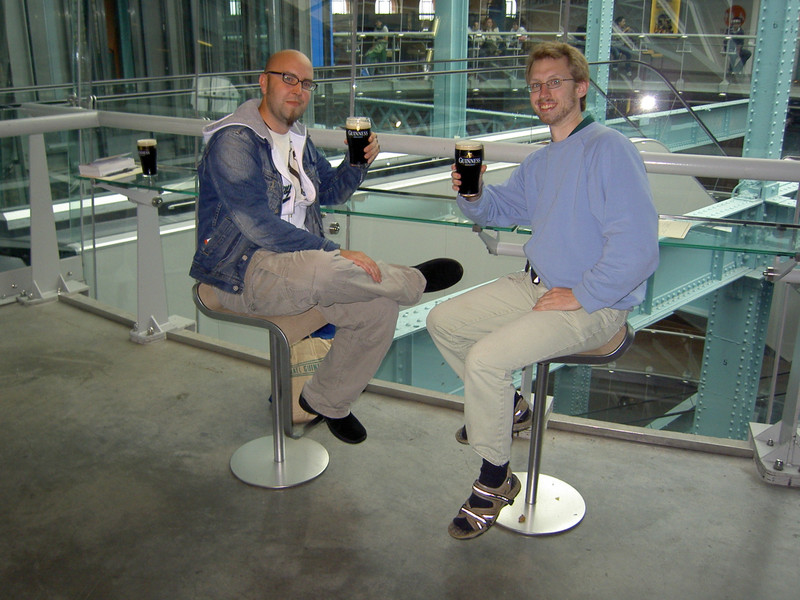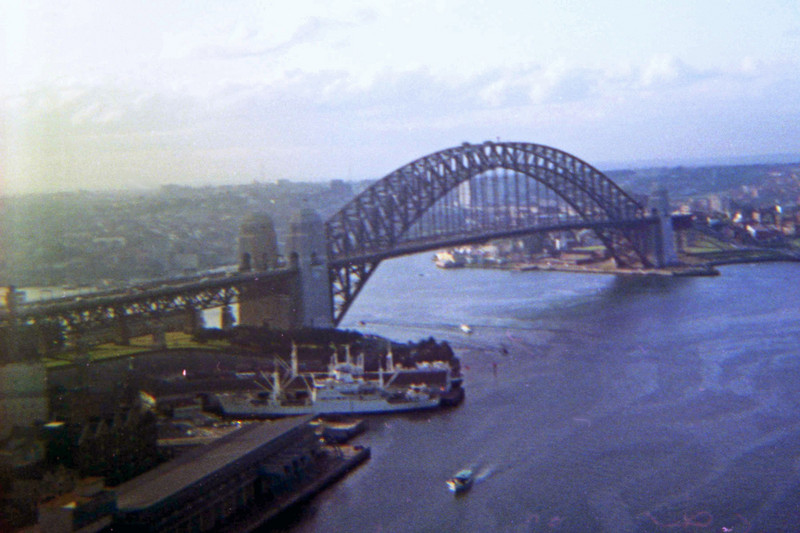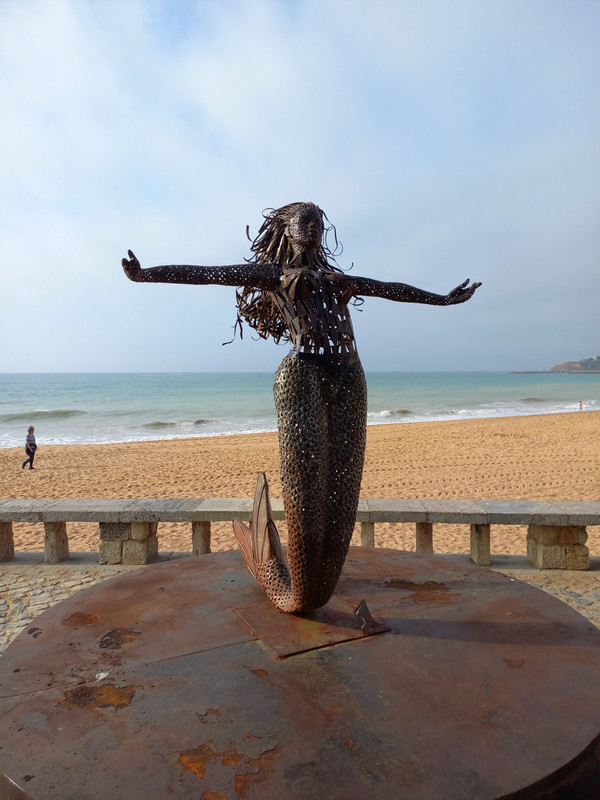For our second day in Dublin we decided to just walk around the city and take in the sights as Dublin is a very beautiful city with a lot of historic sites to visit. So with a classical old map in hand we set out to try and navigate Dublin with our first site being the old Grattan Bridge. It was originally built as the Essex Bridge in 1676, then rebuilt in 1755 and then finally rebuilt again as the Grattan Bridge in 1872.
From the bridge we headed up to the Christ Church Cathedral and the adjacent museum Dublinia. The cathedral is the oldest of the two medieval cathedrals in Dublin and was built around 1030. The museum Dublinia is located in a part of the cathedral, known as the Synod Hall, and focuses on the Viking and Medieval history of the city. The weather were a bit shifty but we still spent quite some time walking around the cathedral, just enjoying the sight of the magnificent old building and marveling at the engineering feats.
we headed down to a nearby section of the old city wall which houses the Dublin City Gate, dated 1240. Its located right beneath the St. Audoens Church, and the entire view is very picturesque with the gorgeous tower of the church standing behind it. There are actually two churches next to each other with the same name, one being Roman Catholic, built 1841–1847 and the other being Anglican, built 1190.
From there we continued to the second, and newer, cathedral in Dublin, St. Patricks Cathedral, which was built in 1191. This cathedral is a bit different in that its not the seat of a bishop, instead the bishop of Dublin resides in the Christ Church Cathedral while the St. Patricks Cathedral has been designated as the national cathedral instead. Theres been a bit of rivalry in the past between the two cathedrals but in 1300 a agreement was signed between the two cathedrals.
This agreement stayed in place all up until 1871 when, following the disestablishment of the Church of Ireland, the newly independent church finally resolved the two cathedrals issue by making Christ Church Cathedral the sole and undisputed cathedral of the Dublin and St.
The inside of the cathedral is magnificent with a plethora of gorgeous heraldic flags and banners as well as several beautifully carved stones. One of these was found buried near the cathedral in the century and depicts a Celtic cross. Its believed to have marked the point of the original holy well and the stone have since been preserved inside the cathedral.
After our visit to the cathedral we headed back down the same direction until we came to Dublin Castle, this is the castle from which Dublin actually gets its name because it was built next to a body of water called the dubh linn which means dark pool. Most of the current buildings date from the 18th century even though theres been a castle there for far longer.
We entered the premise by walking past the Bedford Hall, a beautiful castle hall flanked by two gates, the Gate of Fortitude to the left and the Gate of Justice to the right. We then continued to the Record Tower which is the oldest structure, built ca. 1228–1230, its the only remaining structure of the original medieval fortifications. To the left
of the tower lies the Chapel Royal which once served as the official chapel to the Lord Lieutenant of Ireland from 1814 until 1922 when the position was terminated as Ireland gained its independence.
From the castle we headed to our last, and main, site of the day, Guinness Storehouse. Its a must visit while in Dublin as this famous beer is synonymous with Ireland. We took a tour there to learn how this iconic beer is brewed. The tour was quite interesting and we got to end it all by learning how to pour a perfect pint which we then got to enjoy drinking (although in all honesty Im not really a fan of Guinness).









